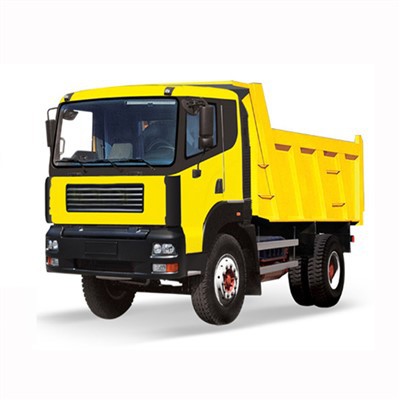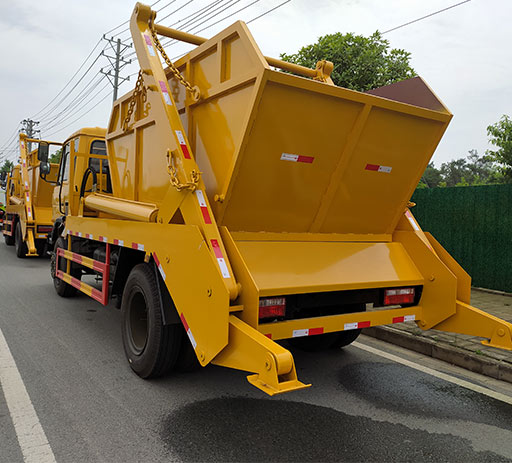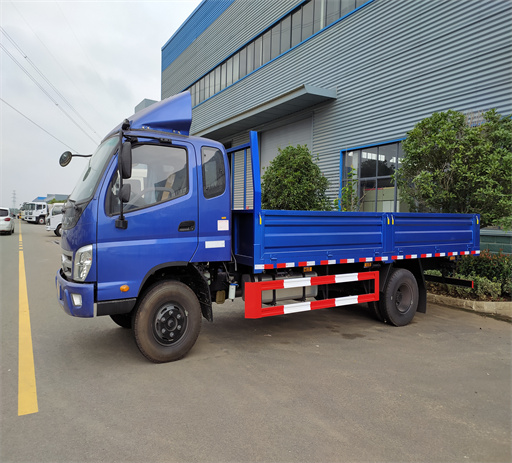Small Street Sweeper: The Ultimate Guide to Efficient Urban Cleaning
Introduction
Small street sweepers are vital tools for maintaining clean and safe urban environments. As cities continue to expand, the need for effective street-cleaning solutions becomes more important. These compact machines play a crucial role in removing debris, litter, and pollutants from streets, sidewalks, and parking lots. This comprehensive guide covers everything you need to know about small street sweepers, including their types, benefits, maintenance tips, and frequently asked questions.
Understanding Small Street Sweepers
What is a Small Street Sweeper?
A small street sweeper is a specialized vehicle designed to clean roads and public spaces. They are typically smaller than traditional street sweepers, allowing for greater maneuverability in tight areas. These machines use brushes, vacuums, and advanced filtration systems to collect debris effectively.
Types of Small Street Sweepers
Small street sweepers come in various models tailored for different tasks. Here are some common types:
1. Ride-On Sweepers
Ride-on sweepers are compact and user-friendly, making them excellent for cleaning small to medium-sized areas. Operators can comfortably drive these machines while sweeping.

2. Walk-Behind Sweepers
Ideal for tight spaces, walk-behind sweepers are manually operated. These machines are often used for sidewalks and small parking lots.
3. Truck-Mounted Sweepers
These sweepers attach to the back of a truck, making them suitable for larger projects. They combine the benefits of a small sweeper with the power of a truck, perfect for more extensive urban cleaning tasks.
Benefits of Using Small Street Sweepers
Investing in small street sweepers offers numerous advantages for municipalities and private entities alike. Here are some key benefits:
1. Enhanced Cleanliness
Small street sweepers excel at maintaining cleanliness in residential and commercial areas by removing litter, leaves, and debris effectively.
2. Improved Air Quality
By sweeping away pollutants, these machines contribute to better air quality. This is particularly important in urban areas where dust and debris can accumulate.
3. Cost-Effective Maintenance
Utilizing small street sweepers can save money in the long run. They reduce the need for frequent manual cleaning and can operate using less labor, cutting down on overall maintenance costs.
4. Environmental Benefits
Many modern street sweepers utilize eco-friendly technologies, minimizing their environmental footprint. This includes options for electric sweepers that reduce emissions.
Choosing the Right Small Street Sweeper
Factors to Consider
Selecting the appropriate small street sweeper requires careful consideration. Here are some essential factors:
1. Cleaning Area Size
Determine the size of the area that needs cleaning. For smaller spaces, a walk-behind sweeper may be sufficient, while larger areas may require ride-on or truck-mounted models.
2. Terrain
Assess the type of terrain the sweeper will be operating on. Some models are better suited for uneven surfaces or rocky areas than others.
3. Frequency of Use
Consider how often the sweeper will be used. For high-frequency tasks, investing in a robust and durable model is crucial.
Maintenance Tips for Small Street Sweepers
Proper maintenance is essential for the longevity and efficiency of small street sweepers. Here are some practical tips:

1. Regular Cleaning
After each use, clean the sweeper to prevent debris build-up and maintain its performance. This includes emptying the debris hopper and cleaning the brushes.
2. Check Filters
Regularly inspect and replace filters as needed. Clogged filters can reduce suction power and overall efficiency.
3. Inspect Wheels and Tires
Monitor the condition of wheels and tires, checking for wear and tear. Proper tire maintenance ensures optimal maneuverability and traction.
4. Engine Maintenance
Follow the manufacturer’s guidelines for engine maintenance, including regular oil changes and inspections to prevent breakdowns.
Practical Applications of Small Street Sweepers
Small street sweepers have varied applications in both urban and rural settings. Here are some practical examples:
1. Urban Areas
In cities, small street sweepers are used in residential neighborhoods, parks, and commercial districts to maintain cleanliness and improve aesthetics.
2. Educational Institutions
Schools and universities benefit from small street sweepers by ensuring their campuses remain clean and safe for students and visitors.

3. Event Venues
After large events, small street sweepers can efficiently clear debris, ensuring the venue is quickly restored to its original condition.
4. Industrial Sites
Manufacturing plants often use small street sweepers to maintain clear and safe working environments, reducing hazards associated with debris and dust.
Technology in Small Street Sweepers
With advancing technology, small street sweepers are becoming more efficient and user-friendly. Here are some innovative features:
1. GPS Navigation
Some modern street sweepers come equipped with GPS systems that allow for more accurate route planning and enhanced cleaning efficiency.
2. Automated Control Systems
Automated controls can help operators manage cleaning patterns and schedules, maximizing productivity and results.
3. Smart Sensors
Smart sensors can detect debris levels and adjust sweeping intensity accordingly, making operations more effective and energy-efficient.
Cost of Small Street Sweepers
The cost of small street sweepers can vary widely based on factors such as size, features, and manufacturer. Here’s a breakdown:
| Type of Sweeper | Price Range | Typical Use |
|---|---|---|
| Walk-Behind Sweeper | $5,000 – $15,000 | Small sidewalks and parking lots |
| Ride-On Sweeper | $15,000 – $40,000 | Neighborhoods and average streets |
| Truck-Mounted Sweeper | $50,000 – $150,000 | Large industrial areas and highways |
FAQ Section
1. How often should small street sweepers be used?
It typically depends on the location. High-traffic areas may require daily cleaning, while residential areas can be cleaned weekly or bi-weekly.
2. Are small street sweepers environmentally friendly?
Many modern small street sweepers are designed with eco-friendly features, such as electric models and improved filtration, to reduce pollution.
3. Can small street sweepers be used in the rain?
Yes, most small street sweepers are designed to operate in various weather conditions, including light rain. However, heavy rain can reduce effectiveness.
4. What maintenance is necessary for an electric small street sweeper?
Electric sweepers require battery maintenance, inspection of electrical components, and regular cleaning of moving parts to ensure optimal performance.
5. How do I choose between a walk-behind and ride-on sweeper?
If you need to clean tighter spaces and smaller areas, a walk-behind sweeper is suitable. For larger areas requiring increased efficiency and comfort, a ride-on model is preferred.
6. Can small street sweepers collect larger debris?
While small street sweepers can manage general litter, they may struggle with larger debris like branches. Selecting the right equipment based on your specific needs is essential.
